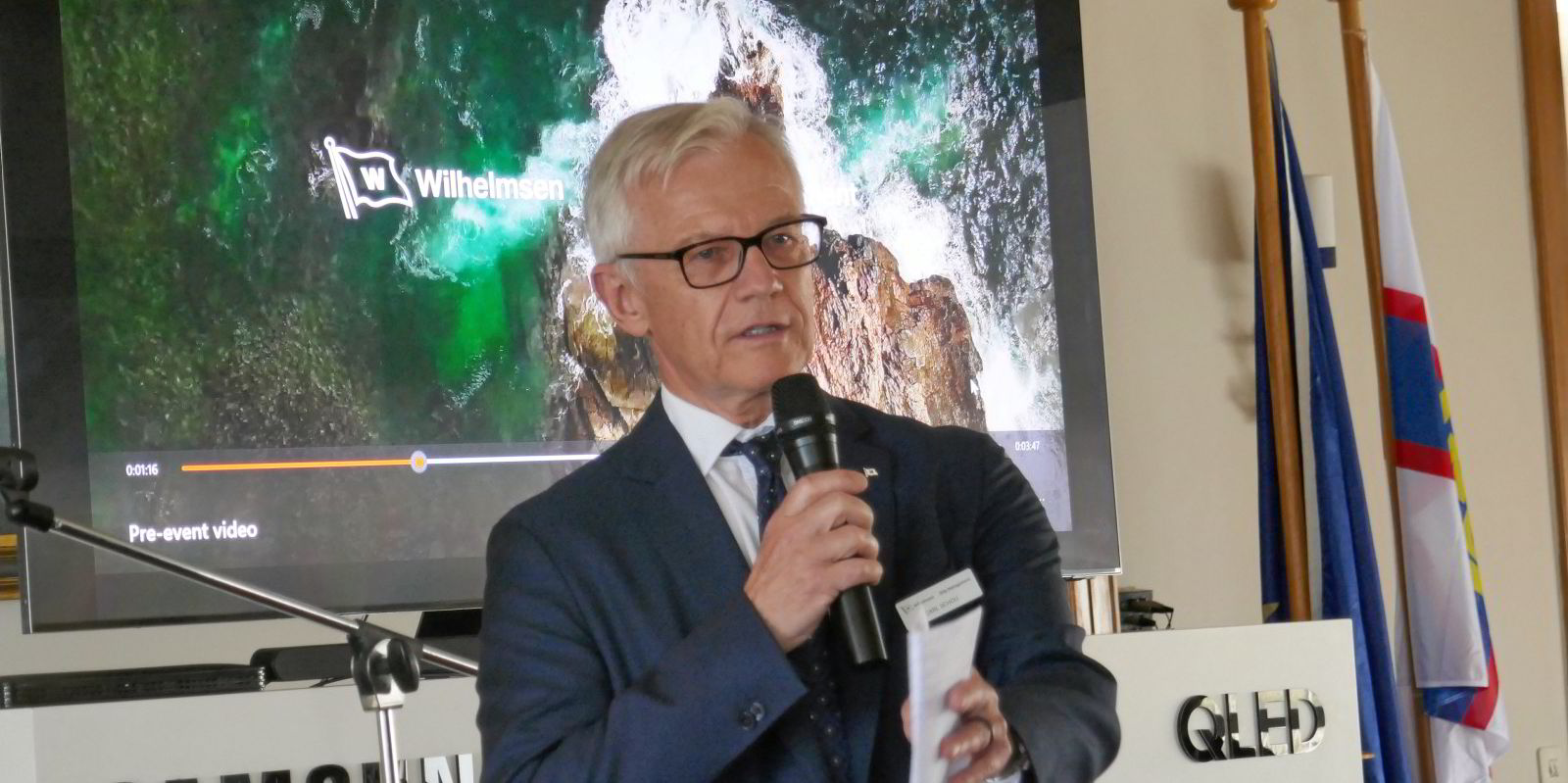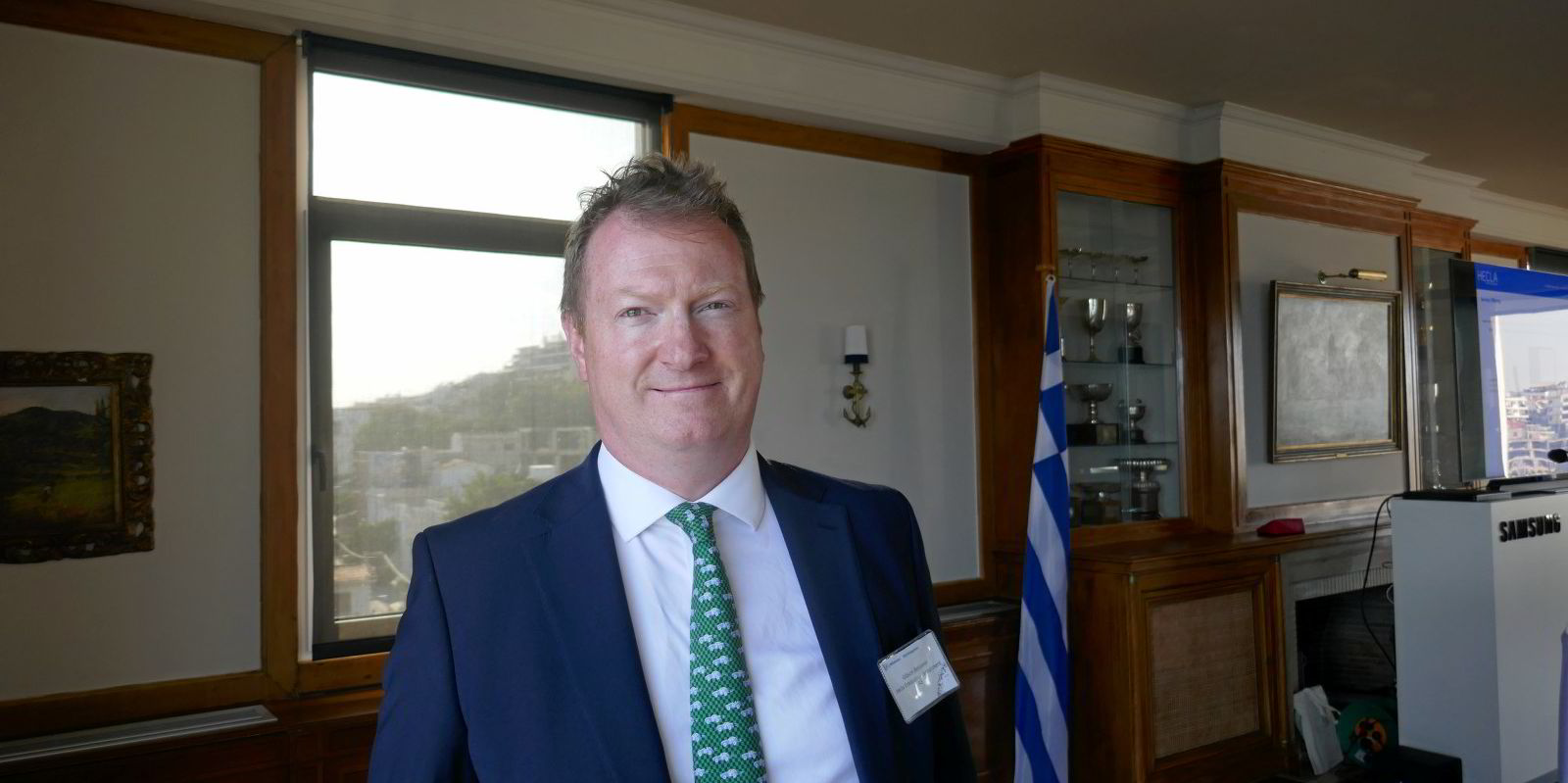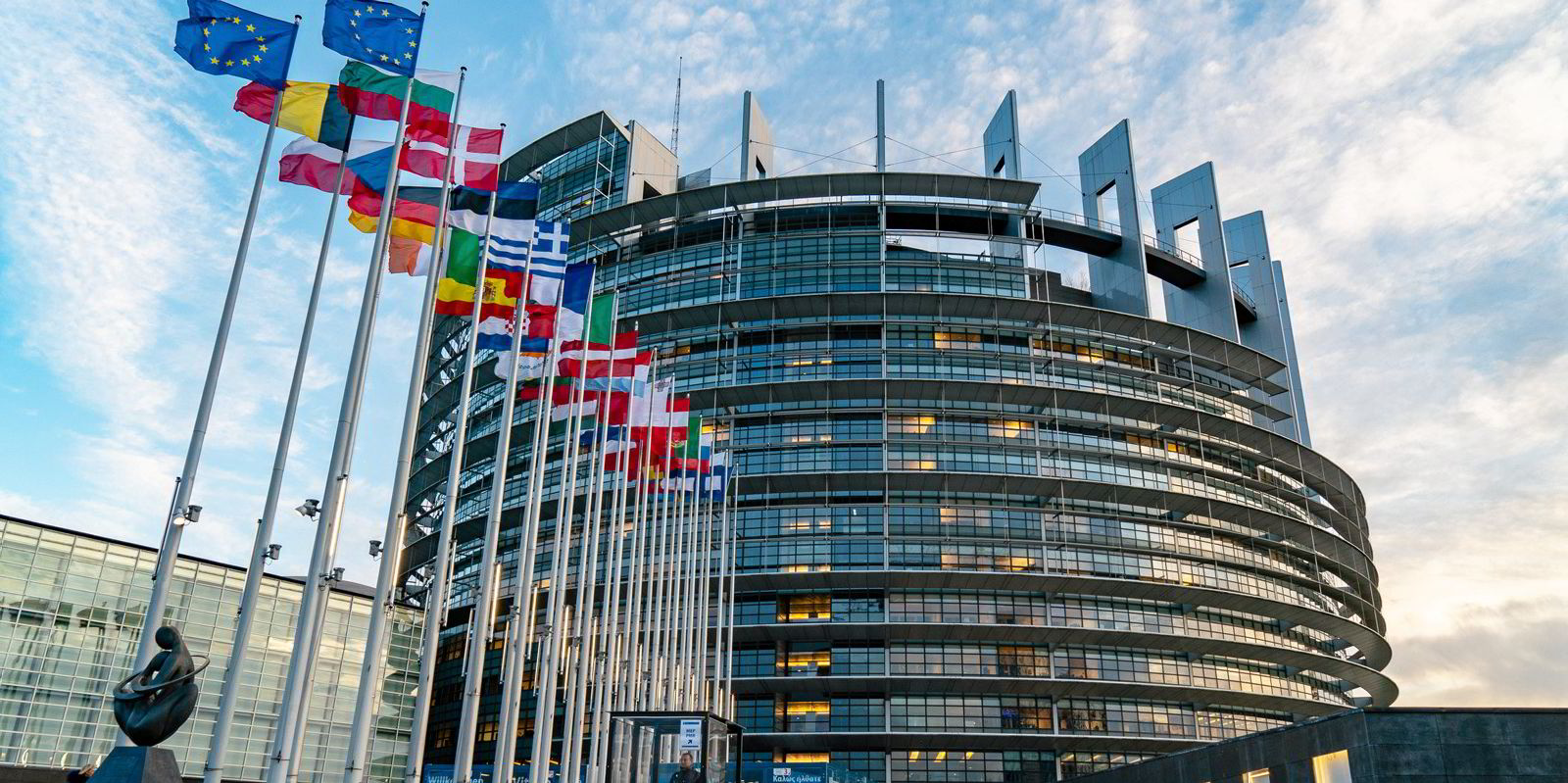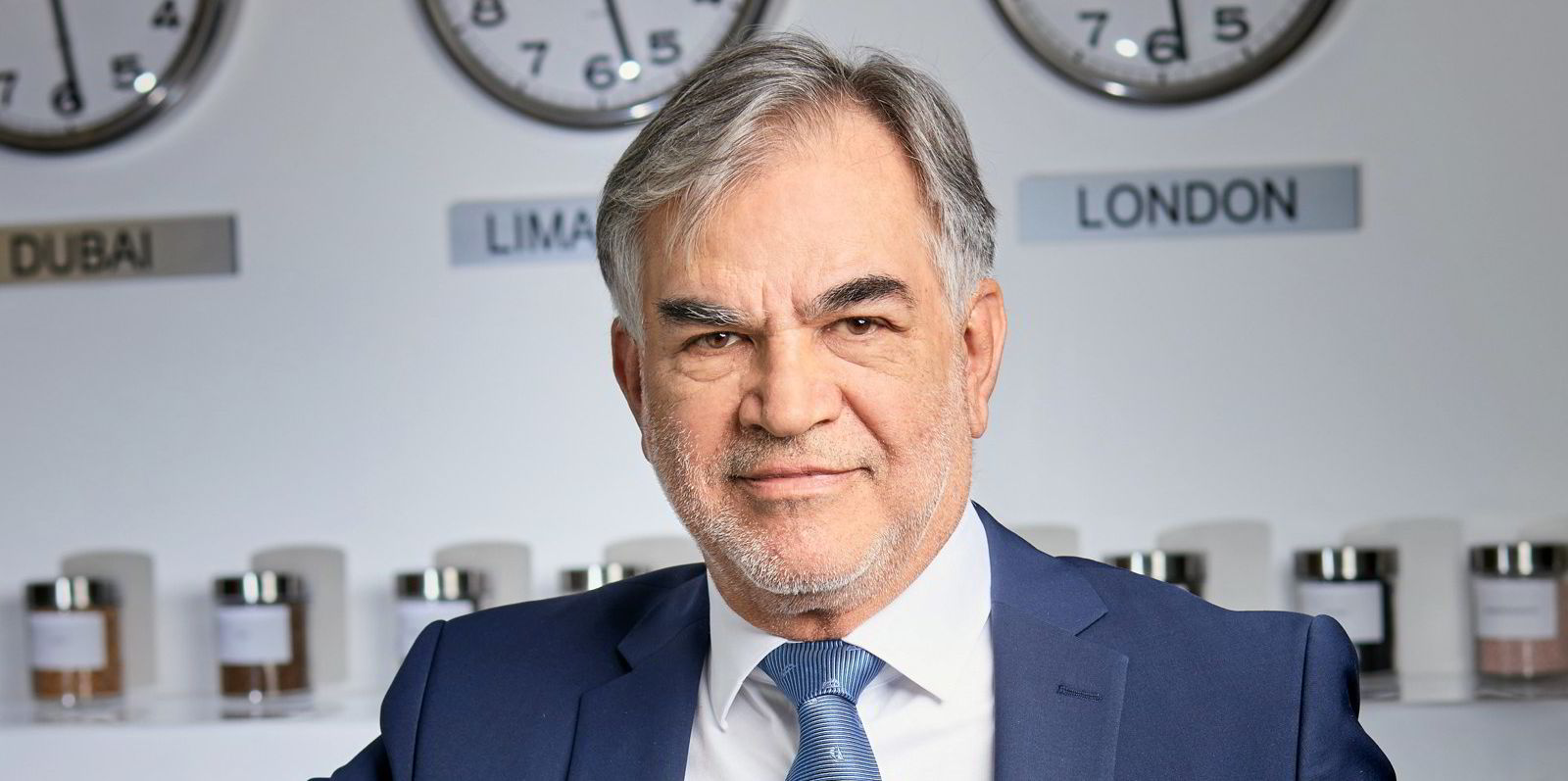As the time nears for shipowners and charterers to start paying for carbon emissions in European trades, sales pitches by service providers offering help abound.
The stakes are high.
Emissions data for 2022 published earlier this month suggest that operators in European Union waters will be hit with a €3.1bn ($3.4bn) bill in 2024 — the year shipping will start being included in the bloc’s emissions trading system (ETS) — according to Hecla Emissions Management.
By 2026, when the phase-in is completed and shipping is fully included in the scheme, Hecla estimated that carbon expenses will rise to €8.4bn.
The size of the task is beginning to dawn on industry players.
“We must learn to live with that … I think all companies are opening accounts,” Pyxis Tankers head Eddie Valentis said at the recent eighth Global Shipbrokers Forum in Piraeus.
However, opening an account is just the start.
Buying, handling and shifting EU Allowances (EUAs) among shipowners, managers and charterers will be far more complex for shipping than it is for other industries.
The ETS was designed for power stations that typically transfer EUAs once a year rather than for shipping’s complicated commercial structures and variety of vessels, Hecla London management team member Benjamin Gibson told a Wilhelmsen Ship Management seminar in Piraeus on 5 July.
Registry accounts — the digital EUA warehouses — are “cumbersome at best”, Gibson said.

They come in two types.
First, from 2024 onwards, there will be operating or holding accounts for shipping players who will just want to hold EUAs to surrender them back to regulators at the annual EU ETS compliance date.
Only companies with reporting obligations under the bloc’s regulation on the monitoring, reporting and verification (MRV) of CO2 emissions from ships will be able to set up such operating accounts, within a jurisdiction mandated by the EU.
Players, by contrast, who wish to transfer or trade EUAs between them must set up so-called trading accounts.
Those can be set up even today, in any EU member state of the account holder’s choosing.
“There are lots of rules around how you set up these accounts, lots of requirements for actually making transfers, a lot of manual processes for something that is online,” Gibson said.
Such red tape creates business opportunities for service providers.
Wilhelmsen Ship Management and broker Affinity (Shipping) set up Hecla as a joint venture early this year to help clients deal with EU ETS compliance.
Others are in on the act as well.
“This is an opportunity for people like us, pool operators, because not every small shipowner can go out and set up an account and do the redemptions and trade EUAs and finance them,” Heidmar chief executive Pankaj Khanna told the Piraeus shipbroker’s event.
Heidmar expects to do some EUA trading for its own account as well, in the hope to benefit from the short-term fluctuations of long-term rising EUA prices.
“EUAs are only going to become more expensive,” Khanna said.
Some potential clients share that view.
Stavros Dimitros, head of commercial operations at Cyprus-based owner and manager Interorient Marine Services, said: “Everything subject to trading offers an opportunity.
“If we’ll see one, we’ll grab it.”
Price volatility is an endemic characteristic of carbon allowances, driven by energy markets, politics and speculation — all factors outside shipping.
“The carbon market doesn’t care if freight rates are up or down,” Gibson said.

Some maritime data providers are tailoring their offers accordingly.
On 6 July, Coach Solutions announced shipping’s first EU ETS carbon allowance calculator.
However, regardless of short-term price moves, the general trend will be for EUAs to become dearer.
With their price hitting €100 per tonne last year, some bulker owners could find carbon costs exceeding their average daily earnings if they had been liable for them at that time.
Even though much of the EUA bill will ultimately be picked up by charterers, the nuts and bolts of how exactly this will happen still have to be hammered out.
Imagine a spot voyage in early 2024, the carbon footprint of which will only have to be established when annual EU ETS compliance falls due 18 months later.
“What owners need is a much more real-time picture of the emissions profile in their fleet,” Gibson said.
This is where sophisticated market participants offering voyage-by-voyage emissions verification come in.
To that effect, Hecla has struck up a strategic partnership with DNV, which has developed an Emissions Connect package.
Other classification societies have launched similar initiatives.
“There’s a lot going on at the moment in that space,” Gibson said.






